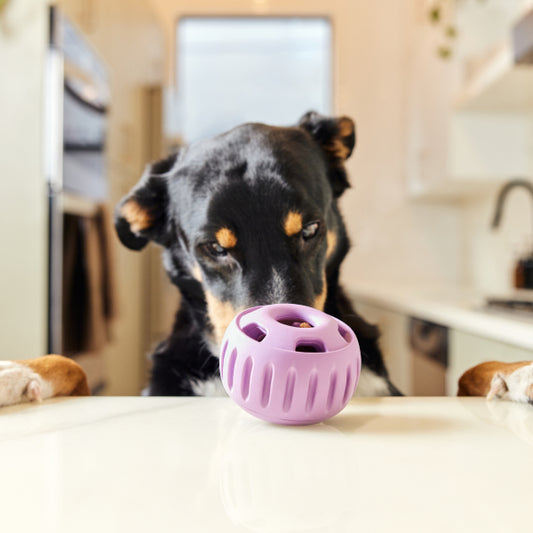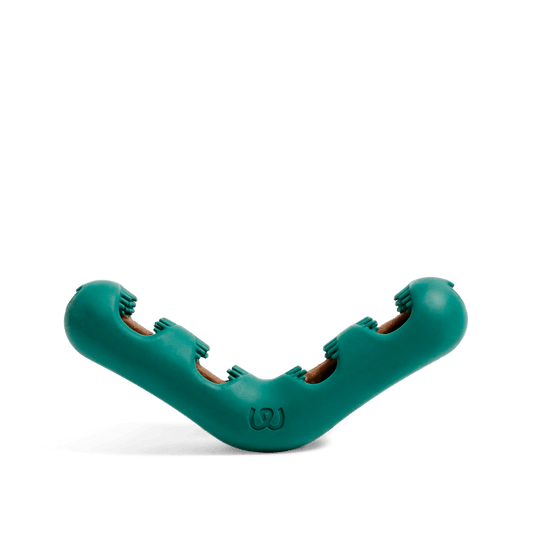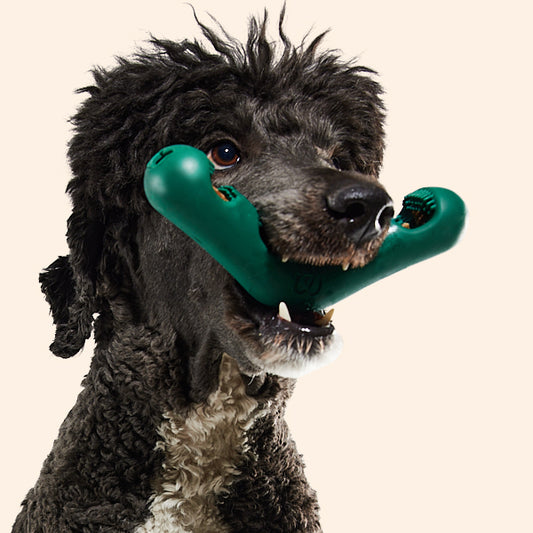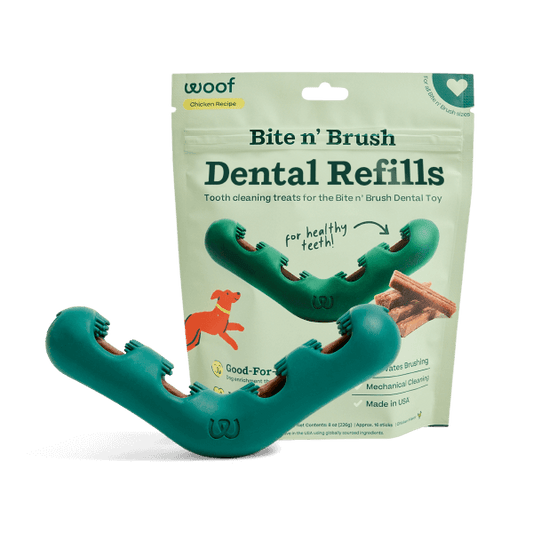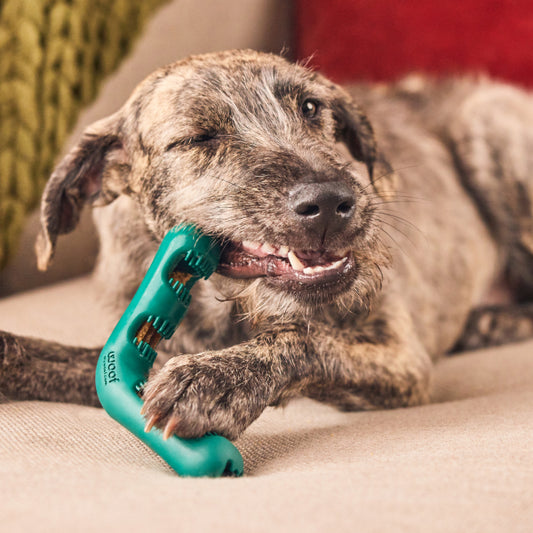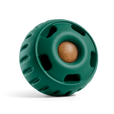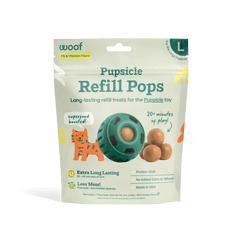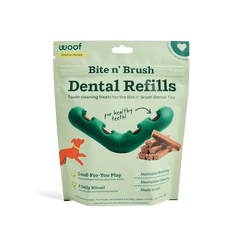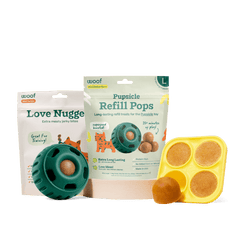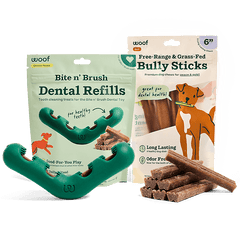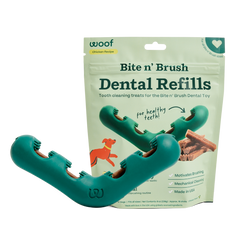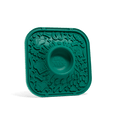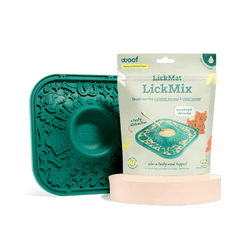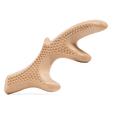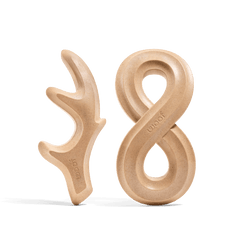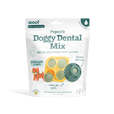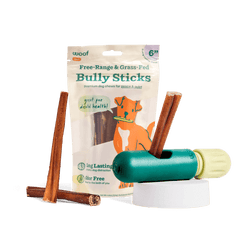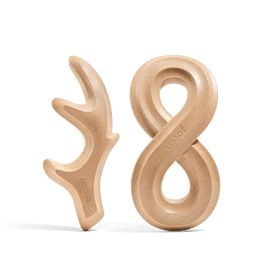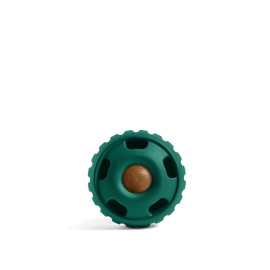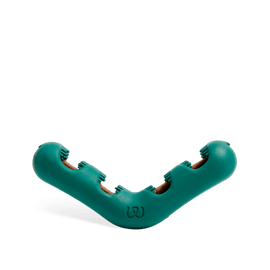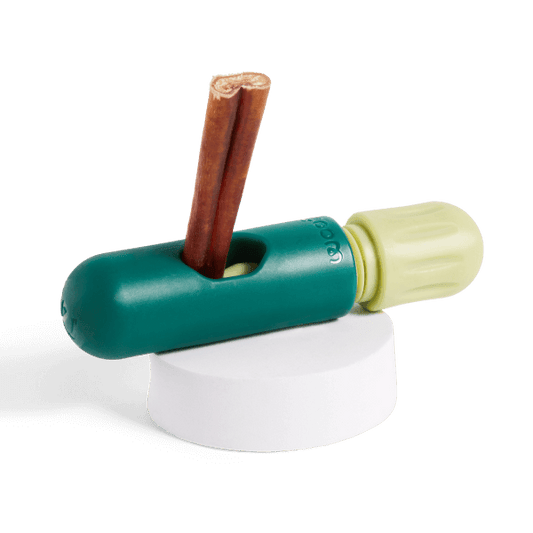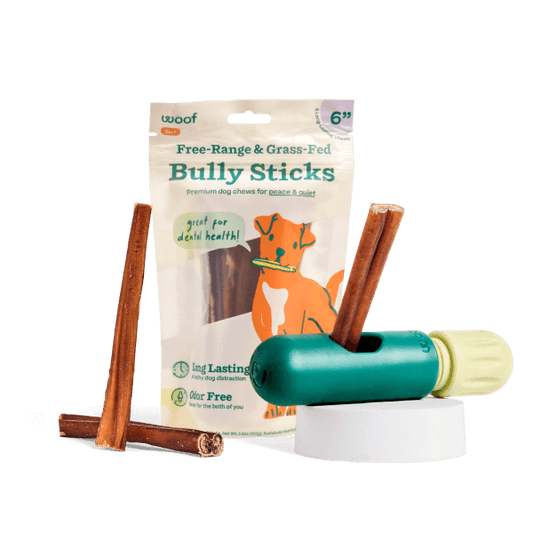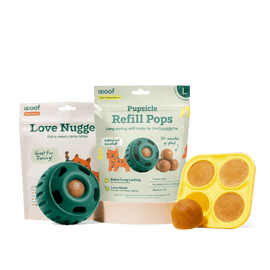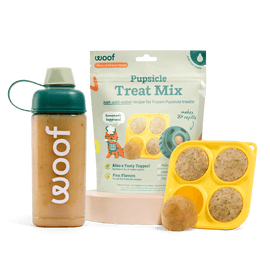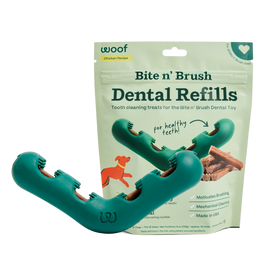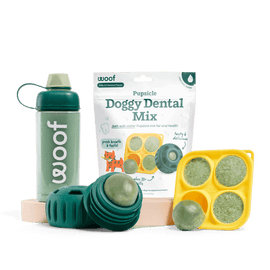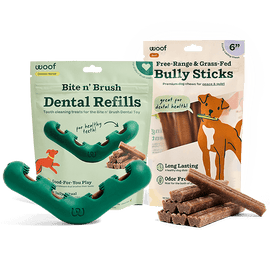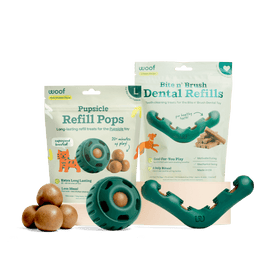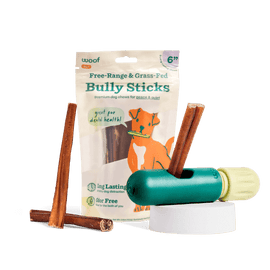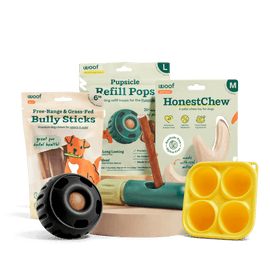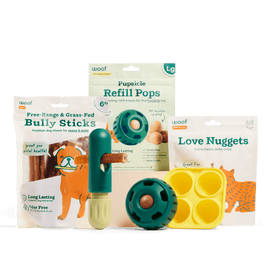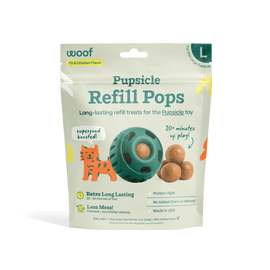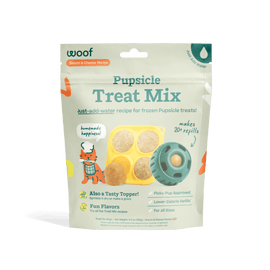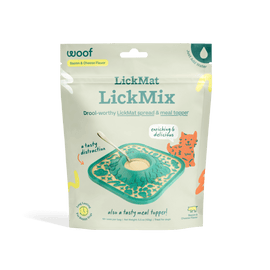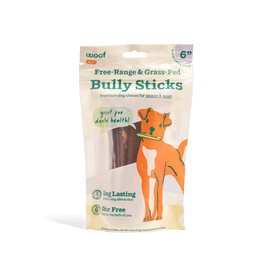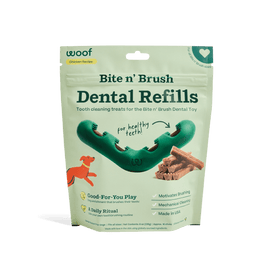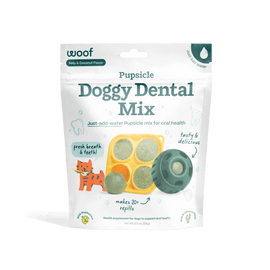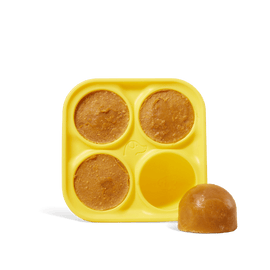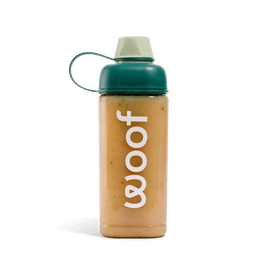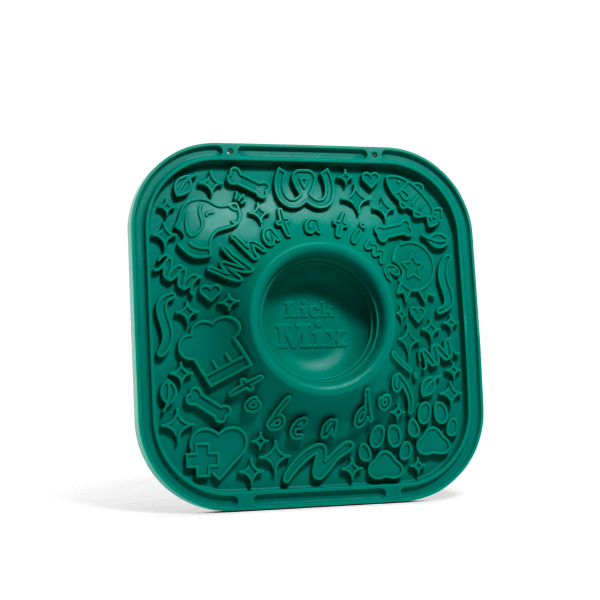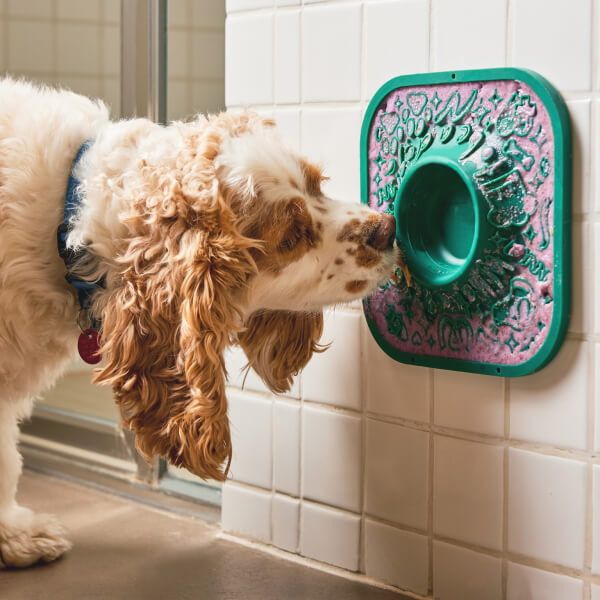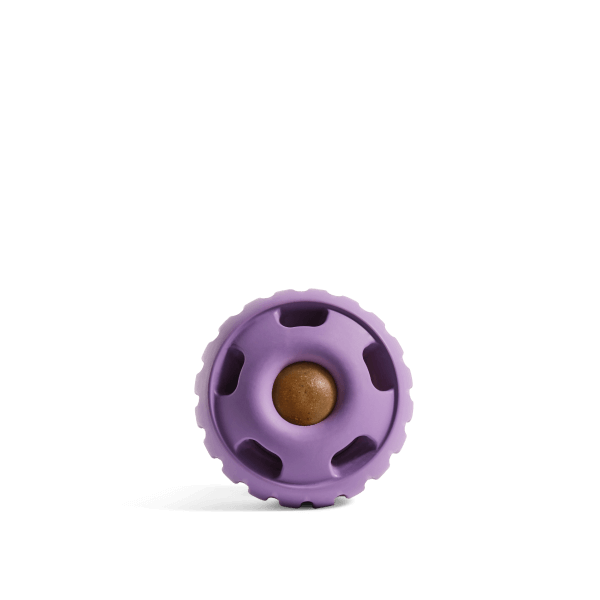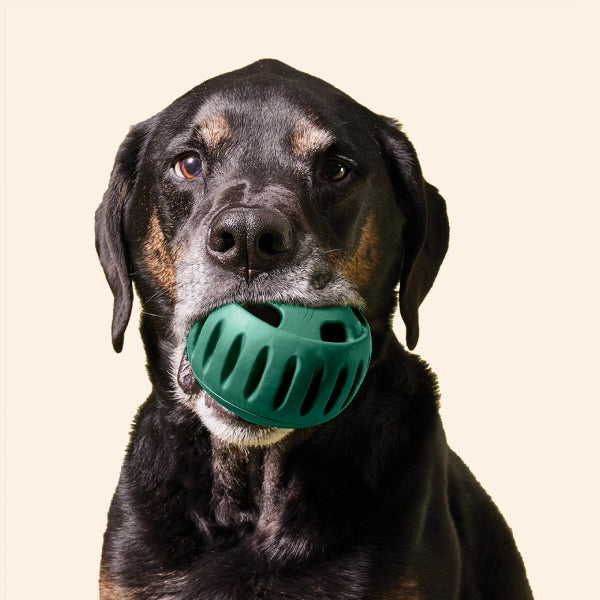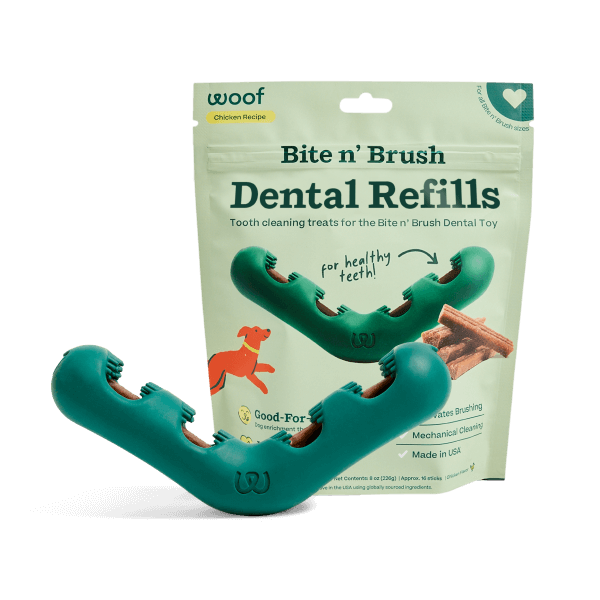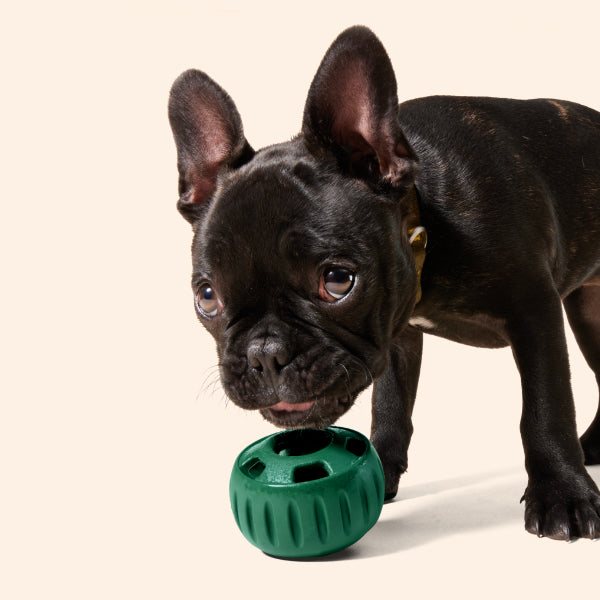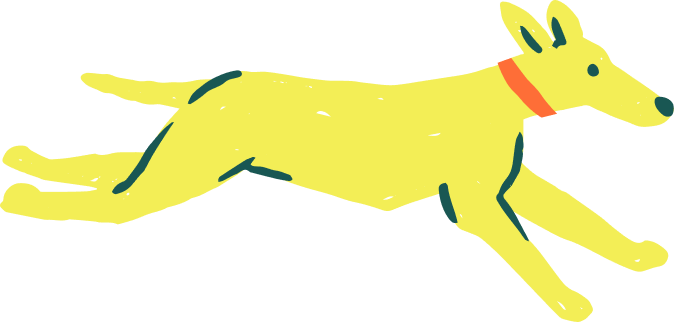
When you head out the door, do you ever wonder what your dog is up to? Are they lounging lazily on the couch, guarding the house from imaginary intruders, or perhaps plotting a mischievous adventure? While we can't know for sure without a hidden camera, we can make some educated guesses about what dogs do when home alone.
Dogs are social creatures who thrive on interaction, so being left alone can sometimes lead to boredom or anxiety. However, with the right enrichment and environment, your dog can enjoy their time solo just as much as they enjoy your company.
1. Napping the Day Away
One of the most common activities dogs engage in when home alone is sleeping. After all, dogs typically sleep between 12 to 14 hours a day, and being alone provides the perfect opportunity for a long, uninterrupted nap. So, don't be surprised if your dog greets you with a big stretch and sleepy eyes when you return home.
2. Watching the World Go By
Many dogs enjoy observing the outside world from a window. Whether it's the mail carrier, passing cars, or neighborhood squirrels, your dog might spend time watching the hustle and bustle outside. This activity can be mentally stimulating and help alleviate feelings of isolation.
3. Playing Solo Games
Some dogs entertain themselves by playing with toys. Chew toys, balls, and interactive puzzle toys can keep your dog engaged and mentally stimulated. Consider something like The LickMat or the Pupsicle—both are great solo-play options that reward curiosity with flavor!
4. Guarding the Home
Dogs are natural protectors, and even when you're not home, they might take their guarding duties seriously. They may bark at unfamiliar sounds or movements outside, ensuring they alert you to any potential threats. This behavior is instinctual and part of their protective nature.
5. Engaging in Mischief
Not all solo activities are innocent. Some dogs might engage in behaviors like chewing on furniture, shoes, or other household items. This can be a sign of boredom or anxiety. Providing appropriate chew toys and ensuring your dog gets enough exercise can help mitigate these behaviors. A Bite n' Brush Starter Pack offers a safer and more satisfying outlet.
6. Seeking Comfort
Dogs may seek comfort in your absence by curling up in your favorite chair or lying on your bed. The familiar scents and warmth can provide a sense of security and help them feel closer to you when you're not around.
7. Waiting for Your Return
Ultimately, many dogs spend their time waiting for you to come back. They might sit by the door, listen for your car, or keep an ear out for the sound of your key in the lock. Their loyalty and anticipation are heartwarming reminders of the bond you share.
How to Help Your Dog Enjoy Alone Time
To ensure your dog is comfortable and entertained while you're away, consider the following tips:
- Provide Enrichment Toys: Toys that challenge your dog's mind, like puzzle feeders or treat-dispensing toys, can keep them occupied and mentally stimulated. Try pairing the Pupsicle with Pupsicle Pops for a soothing solo treat.
- Establish a Routine: Dogs thrive on routine. Regular feeding times, walks, and play sessions can help your dog feel secure and understand what to expect.
- Use Calming Aids: Products like calming collars or diffusers can help reduce anxiety in dogs who are nervous when left alone.
- Leave Background Noise: Playing soft music or leaving the TV on can provide comforting background noise and make your dog feel less alone.
- Exercise Before Leaving: A good walk or play session before you leave can help burn off excess energy and encourage your dog to rest while you're gone.
Remember, every dog is unique, and their behavior when home alone can vary. By understanding their needs and providing appropriate enrichment, you can help your dog feel safe, secure, and happy during your time apart.



